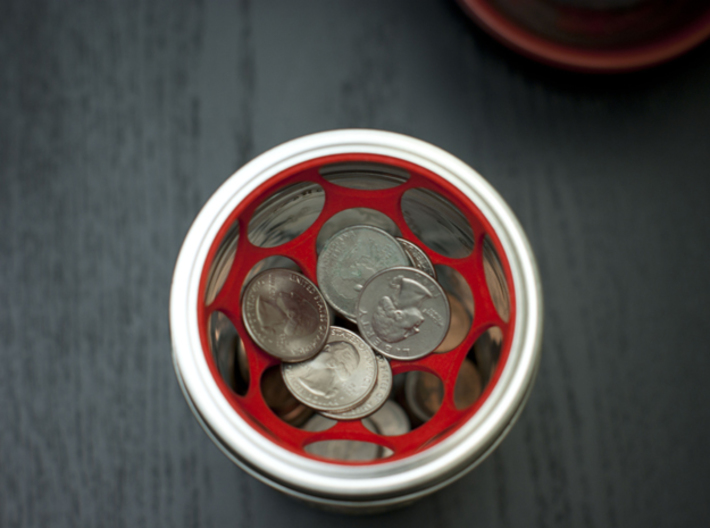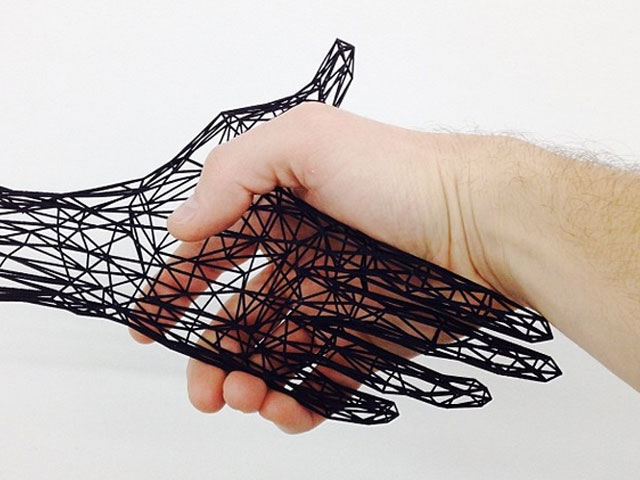So you launched a product using Shapeways… and it’s a hit! Orders are pouring in and you’re thinking about taking the next step to turn your new side-hustle into a thriving business. It may sound intimidating, but if you break the process down, it’s 100% doable. Follow these five steps and you’ll be well on your way to entrepreneurial glory.
1. Name Your Price(s)
As you ramp up your business, the prices you’d planned on may change, and you may want to set up your own storefront (don’t worry, you can integrate Shapeways ordering and fulfillment into your own store, or stock up through Shapeways before selling your wares). Start to think about how much you want to charge for your product, especially if you’re planning to sell it in stores. If you need some help, check out this breakdown from Shapeways for more info.
2. Make a Brand Resume
As your business and brand grow, you’ll want to get your products into stores. When you apply for a job you need a resume, and when you’re shopping your goods to retailers you’ll need one too. In the retail world it’s called a line sheet, and they’re easy to make. Just don’t forget to include your brand name, logo, contact info, product photos, and a brief description of what makes you special. Follow our template to make sure you include all the necessary info.
3. Find a Partner
The biggest step is also the most exciting: getting your products into stores. Take your line sheet and start sending it out to wholesalers, online shops, and brick and mortar stores. To get the ball rolling, you can also integrate Shapeways into your own site via our API, or start selling and shipping Shapeways-printed products on platforms like Etsy and Amazon.
4. Make It Official
You’re probably used to selling your products one at a time on Shapeways, at trade shows, or on your site, but partnering with a retailer means you’re about to make one big sale instead of lots of little ones. Signing a contract protects you and your retail partner so everyone gets what they were promised (money for you, inventory for them). Check out this Q&A for more advice.
5. Give Those Relationships Some TLC
Finally, once you have your product in stores you’ll want to keep building on the retail relationships you have. Make sure to keeps tabs on your new partners and stay in touch with regular phone calls or emails. That way, the next time you’re ready to launch a new product you’ll already have a bunch of people eager to sell it for you!






